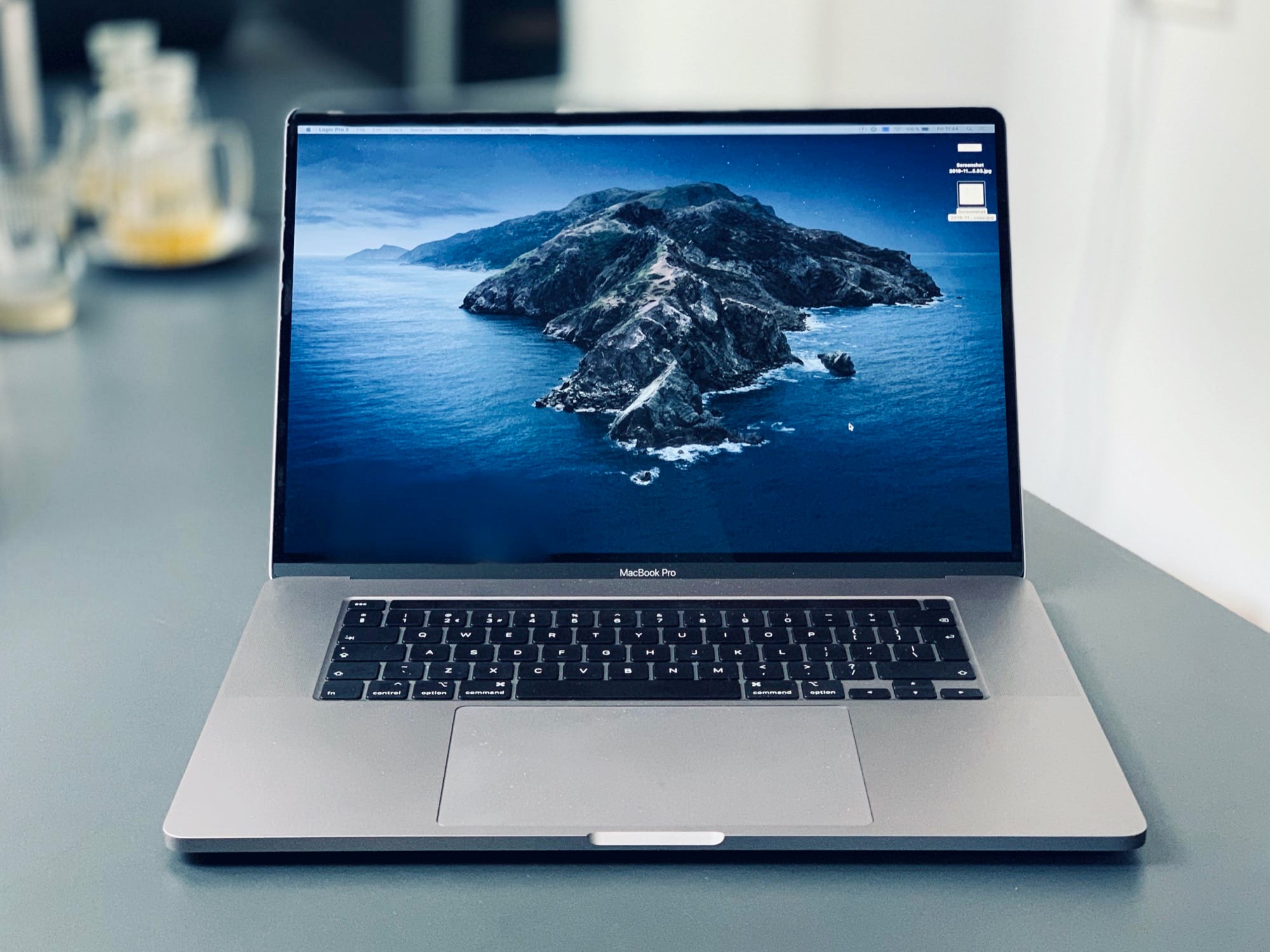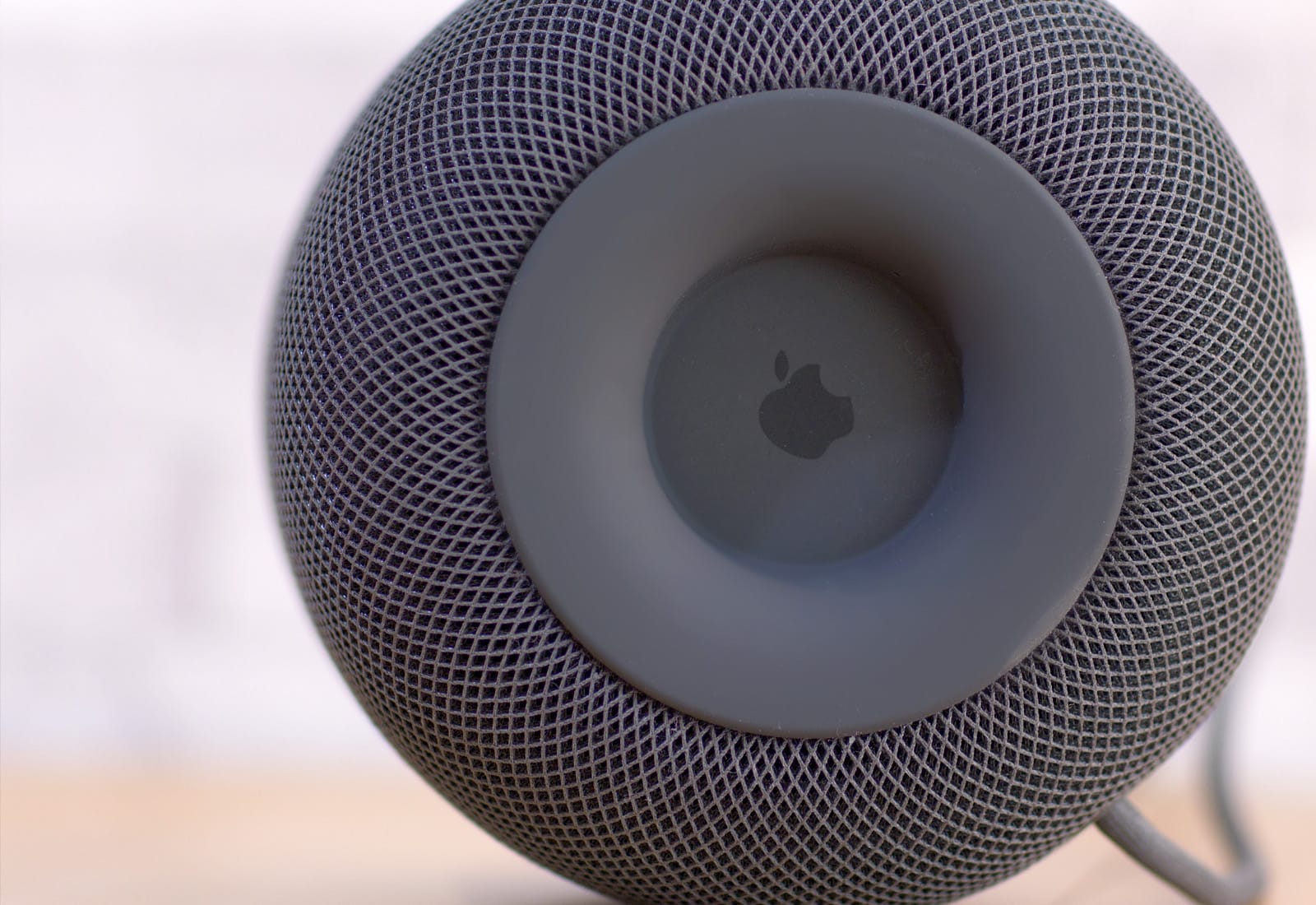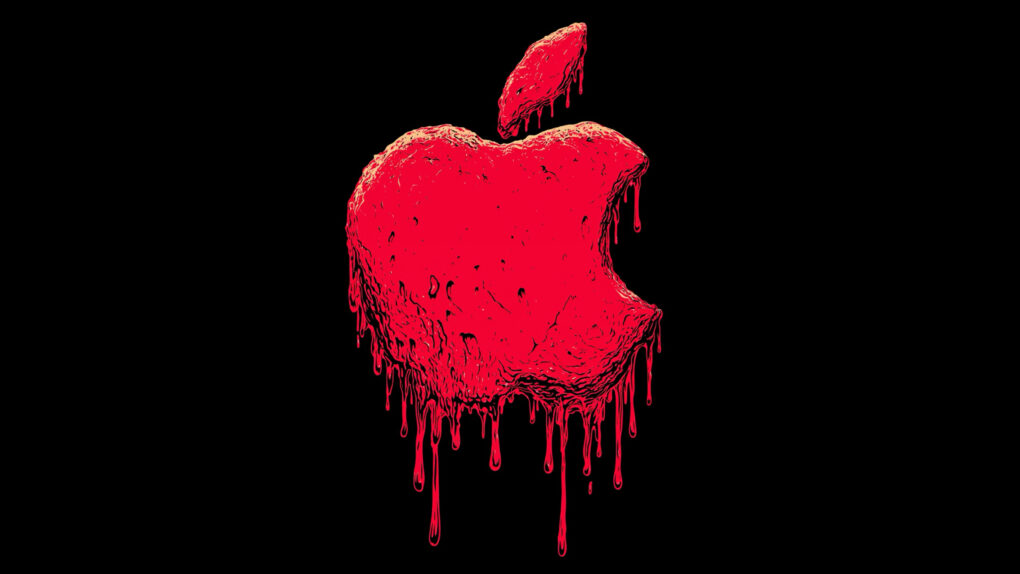Apple makes some of the best tech products in the world — beautifully designed, powerful and reliable. But even the best stumble sometimes.
Over the years, I’ve used plenty of Apple devices that looked great on paper but turned out to be frustrating in practice. Here are the ones that made me question Apple’s “it just works” mantra.
These are the worst Apple products I’ve ever used
Apple’s reputation for quality and attention to detail is well-earned. There’s a reason several of the best devices I have used over the years come from Apple. But no company is perfect. Over the years, Apple has released several products that felt rushed or poorly thought out.
Some were buggy and ahead of their time, while others simply made compromises that didn’t make sense. None of them stood the test of time, aging worse than expected within just a few months or years.
1) 2019 MacBook Pro: Hot, loud and out of breath

Photo: Charlie Sorrel/Cult of Mac
Apple went all out with the 16-inch MacBook Pro in 2019. It equipped the machine with a beefier cooling system, a Magic Keyboard and faster Intel CPUs. While the machine looked impressive on paper, it aged poorly.
I got the 2019 MacBook Pro soon after its launch in late November. Initially, the machine impressed me with its performance and battery life. But as my workload ramped up, the honeymoon phase ended quickly. Like other Intel Macs before it, the laptop struggled under heavy loads. (Thank goodness the M-series Apple silicon processors came along to fix that.)
When rendering videos or exporting large files, the laptop would get scorching hot, with fans roaring to keep up. Thermal throttling became a regular annoyance, and the performance boost I expected from a “Pro” machine was lacking. More frustratingly, the weak integrated Intel GPU could not drive the laptop’s Retina display smoothly. And that led to a small delay between pressing a key and seeing the text appear on screen.
For someone who writes thousands of words daily for a living, this proved infuriating. It constantly made me feel like I was using a low-end laptop. The experience was nowhere close to using a high-end Apple device.
Reliability also seemed like an problem with the machine, with Apple replacing the laptop twice for me within a span of 2 to 2.5 years. In both cases, the motherboard developed problems, leading to graphical glitches. I can only assume this happened because I used the laptop extensively for video editing back then.
Of all the Apple products I’ve owned and used, I kept the 2019 MacBook Pro for the shortest time. I sold it within 2.5 years, upgrading to the M1 Pro MacBook Pro.
Ironically, that switch turned out to be one of the best tech decisions I ever made. The M1 Pro has been everything the Intel MacBook promised to be but never was — powerful, efficient, whisper-quiet and genuinely “Pro.”
2) Siri and Apple Intelligence: Still dumb after all these years

AI image: ChatGPT/Cult of Mac
Siri and Apple Intelligence are not products but services, making them outliers on this list. Both these services are among the worst in their respective segments.
Apple was the first to market with a digital voice assistant with Siri, unveiling it way back in October 2011. Now, some 14 years later, Siri remains in pretty much the same state. It never works reliably, and it continues to fumble on basic commands, even something as simple as calling my dad.
It’s the same with Apple Intelligence. It debuted with iOS 18.1 in October 2024. More than a year later, it remains in the same sorry state. The long delays surrounding the promised AI-powered Siri don’t help.
Even Apple knows how far behind it is in the AI race. No wonder it has considered using third-party AI models from Anthropic or Google to power Siri and future versions of Apple Intelligence.
3) HomePod: Sounds great, does little else

Photo: Ste Smith/Cult of Mac
The original HomePod is simultaneously the worst and best Apple product I’ve ever used. It’s a terrible — probably the worst — smart speaker I’ve ever used. Its amazing sound quality is the only saving grace.
Even so many years after launch, Siri on the HomePod fails to understand and execute my commands reliably. On numerous occasions, I’ve asked Siri to play a specific song, and it would end up doing something else altogether.
The upcoming AI-powered Siri might fix this — assuming the speaker gets access to it and Apple’s voice assistant actually lives up to the hype. That’s a lot of ifs, especially for a product that has been around for more than six years.
If anything, the HomePod experience has convinced me never to buy another Apple smart speaker.
4) iPad (3rd generation): Too many pixels, not enough power
Apple’s third iPad launched in March 2012 and stood out for its Retina display. It was the first tablet back then to feature such a high-resolution LCD panel. When I first got the third-gen iPad, I was stunned by its display clarity. But soon, the honeymoon period wore off, and its shortcomings started to surface.
The A5X chip inside simply wasn’t powerful enough to drive all those pixels efficiently, resulting in sluggish performance and frequent overheating. The tablet also became heavier and thicker to accommodate a larger battery, which still couldn’t deliver great battery life under load.
Coming from the original iPad, the device felt like a downgrade in almost every sense except for the display.
Even Apple knew the third-gen iPad wasn’t up to par. The company discontinued it just six months after launch, replacing it with the faster, sleeker and far more capable iPad 4.
5) 2016 MacBook Pro: When form killed function

Photo: Charlie Sorrel/Cult of Mac
The 2016 MacBook Pro marked a major design shift, debuting a sleek and futuristic design. But in the process, Apple traded functionality for form, ditching all useful ports like HDMI and the SD card slot. It even eliminated MagSafe.
While Apple’s move to USB-C was a bold one, it arrived a few years too early. If anything, buying the 2016 MacBook Pro forced me to adopt the USB-C life.
Then there was the Touch Bar. On paper, it seemed like a useful addition, replacing the function keys with a small, adaptable touchscreen. In reality, it was slow, buggy and rarely useful beyond adjusting brightness or volume.
The poor reliability of the infamous butterfly keyboard only added insult to injury. A single speck of dust could render keys unusable. I had to get the keyboard on my unit replaced three times within a span of three years.
Apple might never publicly admit it, but it knows it messed up big-time with the 2016 to 2019 MacBook Pro lineup. No wonder that when the Apple silicon transition began in 2020, it quietly ditched all the problematic elements — the unreliable butterfly keyboard, the buggy Touch Bar and the frustrating all-USB-C port setup — effectively admitting defeat without saying a word.


